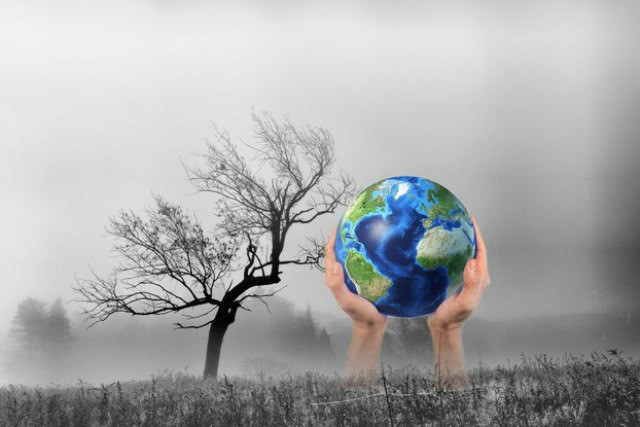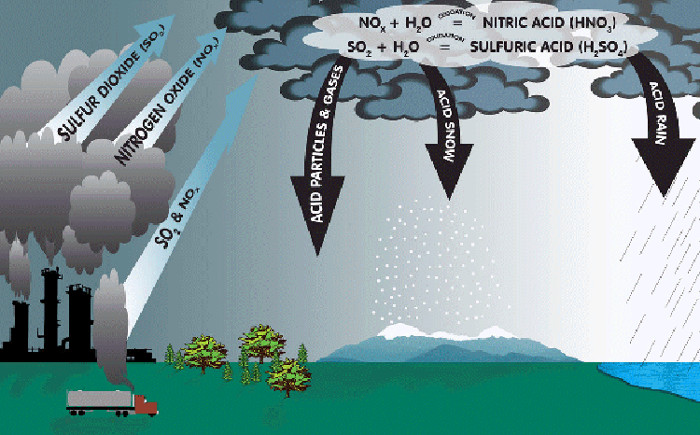What is Climate Change?
We know that climate change has affected the ecosystems on the Earth and directly affected people's daily lives.
What is Climate Change?

Earth's climate change is the change of the climate system on Earth.
Climate change of the earth is a change of the current and future climate system, hydrosphere, biosphere, lithosphere, by natural and artificial causes in a certain period. .
Climate change causes significant adverse effects on the composition, resilience or reproduction of natural and managed ecosystems or on the functioning of socio-economic systems, to health and welfare of people.
Causes of climate change
Factors that can make climate change appear are changes in atmospheric radiation, including processes such as changing solar radiation, deviation of Earth's orbit, mountain and ant tectonics. creating continental drift and changing greenhouse gas concentrations. Many different environmental reactions on climate change can enhance or reduce initial changes. Some components of the climate system, such as oceans and icecaps, react slowly to changes in solar radiation because of high mass. Therefore, the climate system can take centuries or longer to fully react to external changes.
The main cause of climate change is due to the increase in activities that generate greenhouse gas emissions, over-exploitation of absorption tanks and greenhouse gas reservoirs such as biomass and forests, other coastal, coastal and marine ecosystems.

Acid rain phenomenon.
Expressions of Earth's climate change
- Warming of the atmosphere and the earth in general.
- The change in composition and atmospheric quality is harmful to the living environment of people and living things on earth.
- Sea level rise due to thawing leads to inundation of lowland areas and small islands on the sea.
- The movement of climatic zones that exist for thousands of years in different regions of the earth poses a threat to the life of living organisms, ecosystems and human activities.
- The change in the activity intensity of the atmospheric circulation process, the natural water circulation cycle and other biochemical cycles.
- Changes in biological productivity of ecosystems, quality and composition of hydrosphere, biosphere, and geosphere.
How to deal with climate change
- Limit the use of fossil fuels
- Renovating and upgrading infrastructure
- Working close to home
- Saving, reducing spending
- Eat smart, enhance vegetables and fruits
- Stop standing deforestation
- Power saving
- Exploiting new energy sources
- Application of new technologies in protecting the Earth
- This is how Dubai copes with climate change
- Marching for climate change around the world
- The terrifying change of the Earth due to climate change
- SimCLIM helps build climate change scenarios
- Climate change is happening faster than expected
- 4 shocking findings on climate change
- Too many animals and plants disappear due to climate change
- How is climate change damaging our health?
- The scary of climate change: The coldest animals cannot live anymore
- The tragedy of climate change
- South Africa established a climate change center
- Climate change changes the evolution of mankind
 Is the magnetic North Pole shift dangerous to humanity?
Is the magnetic North Pole shift dangerous to humanity? Washington legalizes the recycling of human bodies into fertilizer
Washington legalizes the recycling of human bodies into fertilizer Lightning stone - the mysterious guest
Lightning stone - the mysterious guest Stunned by the mysterious sunset, strange appearance
Stunned by the mysterious sunset, strange appearance